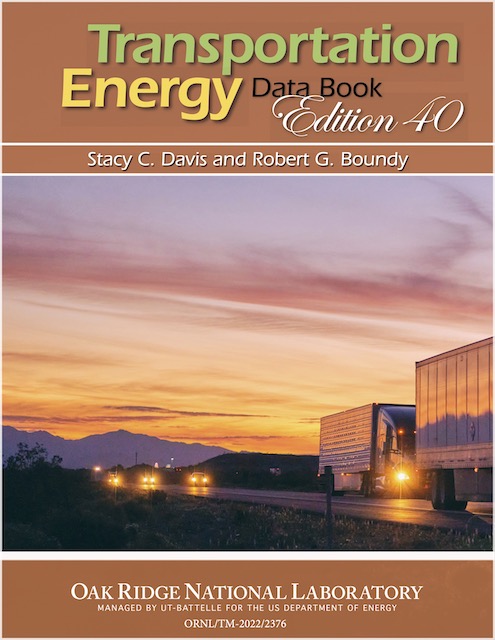Transit in August 2022 carried 63.4 percent as many riders as in August 2019, according to data released yesterday by the Federal Transit Administration. This is the second-highest since the pandemic began (the highest being in June) and only the third time in the last two years that transit has carried more than 60 percent of pre-pandemic numbers. One reason for the increase may be that August 2022 had one more business day than August 2019.
Amtrak and the Federal Highway Administration have not yet published August data, but airlines carried more than 91 percent as many passengers in August 2022 and August 2019, according to Transportation Security Administration counts. I’ll post the Amtrak and highway data when they are made available.
When compared with July 2022, the biggest gains among major urban areas have been in Phoenix (24%), Denver (22%), Cincinnati (21%), and Riverside-San Bernardino (16%). Urban areas that are still lagging include Chicago (55% of 2019 numbers), Washington (56%), Atlanta (53%), Detroit (24%), and Minneapolis-St. Paul (49%). DC and the Twin Cities are doing poorly because their downtown are among the slowest to recover and I presume the same is true for the others. In addition, the Twin Cities light-rail system has the most transit crime, per passenger-mile carried, of any in the nation, which is discouraging both ridership and downtown recovery. Continue reading
















